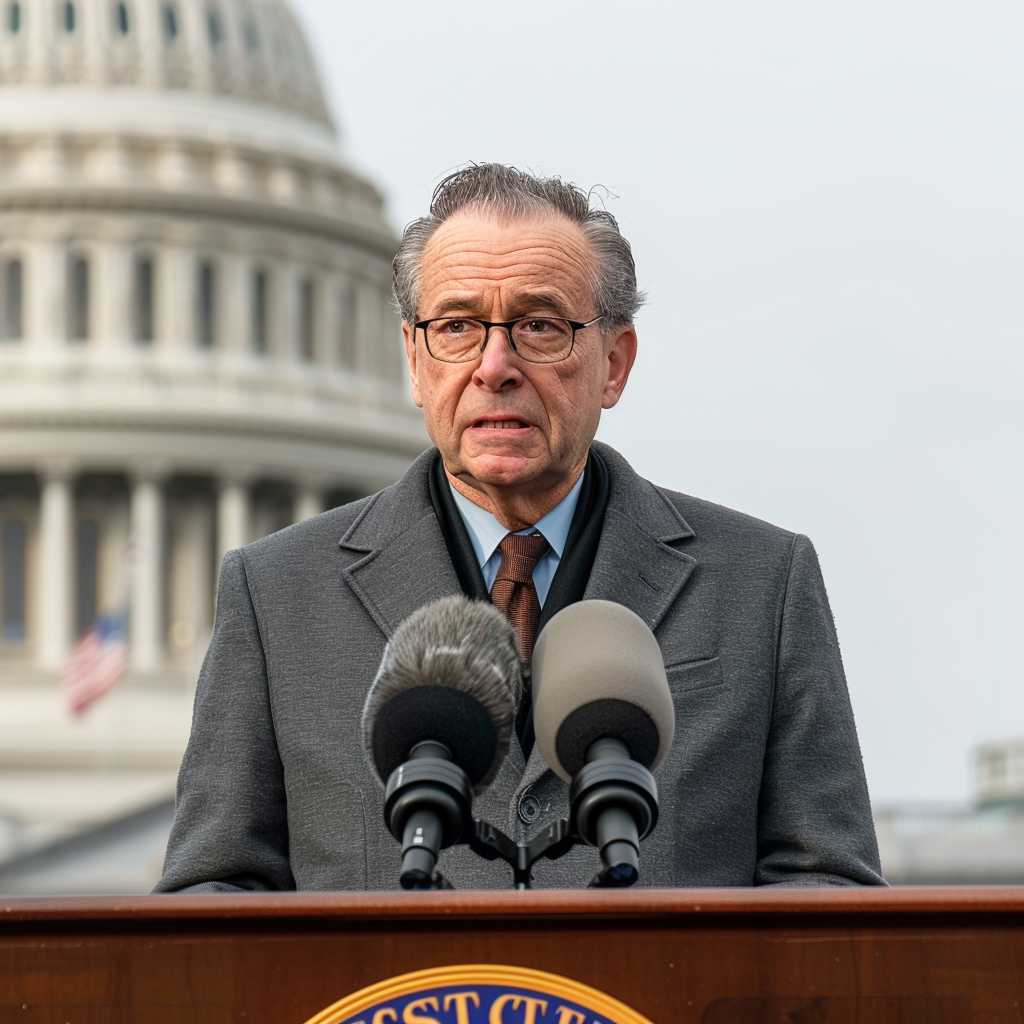The Political Career of Chuck Schumer: An Overview of His Leadership and Influence
Chuck Schumer, an influential figure in American politics, has been a primary actor on the political stage for decades. His career trajectory, from a New York State Assembly member to the U.S. Senate and then to his current position as the Senate Majority Leader, is a testament to his political acumen and resilience. This article takes an in-depth look at Schumer’s journey, his legislative initiatives, and his role in shaping U.S. policy.
Early Life and Entrance into Politics
Born on November 23, 1950, in Brooklyn, New York, Charles Ellis Schumer grew up in a middle-class Jewish family. He attended public school before moving on to Harvard College and then Harvard Law School, launching a path that would lead him to public service. Though he earned his law degree, Schumer never practiced law; instead, he entered politics at a young age.
A Rapid Ascent: Navigating New York Politics
At just 23 years old, after graduating from Harvard Law School, Schumer took the bold step of running for the New York State Assembly in 1974. He won and represented the 45th Assembly District until 1980. His success there marked the beginning of his rise through the ranks of the Democratic Party, with his tenure focusing on consumer protection and education issues.
Moving to the National Stage: The U.S. Congress
In 1980, Schumer was elected to the U.S. House of Representatives from New York’s 16th Congressional District. He served in the House for 18 years, where he earned reputations as a staunch advocate for gun control with the passage of the Brady Bill and worked extensively on legislation that impacted infrastructure and crime prevention.
Breaking into the Senate: A Platform for Broader Influence
Schumer transitioned to the U.S. Senate after winning the 1998 election, becoming New York’s senior senator in 2001. Throughout his Senate career, Schumer became known for tackling a myriad of complex issues, from financial reform following the Great Recession to immigration policy with plans like the Comprehensive Immigration Reform Act of 2007.
Assuming Leadership: The Democratic Senate Caucus
Schumer made strategic moves within the Democratic ranks of the Senate which culminated with him becoming Minority Leader in 2017 following Harry Reid’s retirement. Staunchly defending Democratic stances, Schumer became integral during pivotal events such as the government shutdowns and Supreme Court confirmation hearings. With Joe Biden’s win in 2020, Schumer became the Senate Majority Leader.
Leading Through Crisis: The COVID-19 Pandemic and Beyond
Under Schumer’s leadership during unprecedented times, he maneuvered significant pieces of legislation intended to address the impact of COVID-19 including stimulus packages like the American Rescue Plan Act of 2021 that delivered emergency relief to millions of Americans.
Influencing Judiciary and Policies: Supreme Court Nominations
One cannot discuss Schumer’s impact without addressing his role during Supreme Court nominations. One of his controversial positions included voicing forceful opposition against nominees from Republican presidents while pushing forward those nominated by Democratic leaders.
Facing Challenges: Bipartisanship and a Divided Nation
As Majority Leader during a particularly polarized time in American politics, Schumer often finds himself at the epicenter of critical debates concerning bipartisanship and legislative deadlock.
Recent Initiatives and Future Goals
Looking forward, Schumer is set to tackle infrastructure projects with initiatives like rebuilding post-pandemic America responsibly focusing on job creation with an emphasis on clean energy.
Reflecting on Legacies: Public Perception and Constituent Service
Throughout his career, Schumer has maintained a trademark approachable style with direct constituent engagement through his Sunday press conferences intending to foster transparency.
Notes
Image Description: Image should portray Chuck Schumer confidently standing at a podium address with multiple microphones positioned in front, likely at a press briefing or political event. Behind him is the recognizable backdrop of the United States Capitol building or another government landmark that indicates his status as an established politician with significant influence over national policies and legislative direction.
